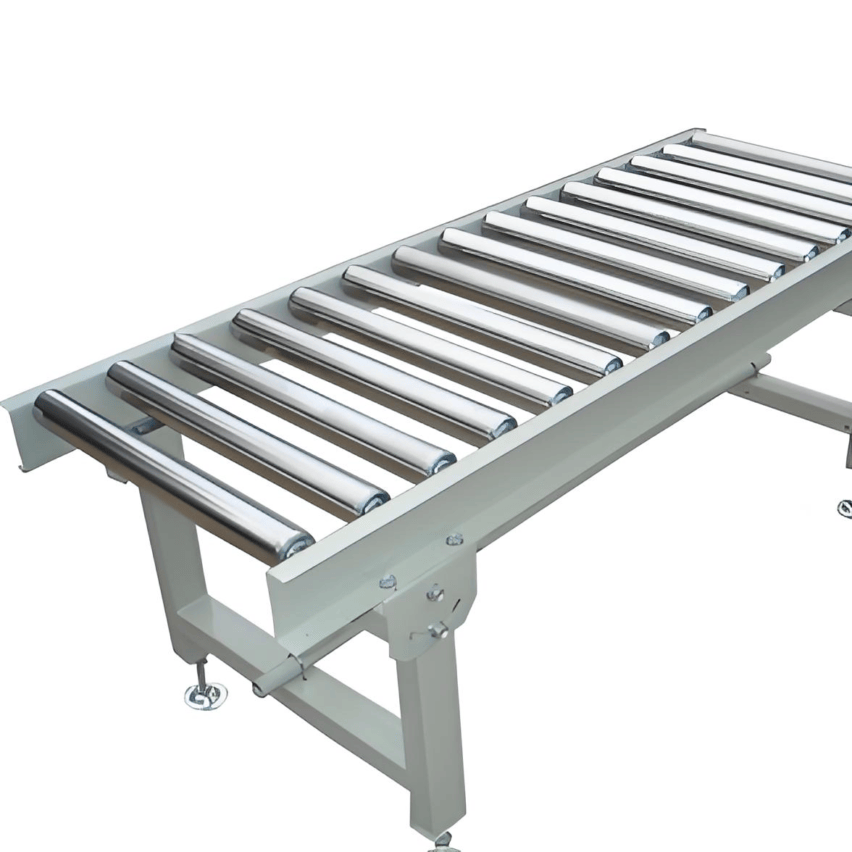I. Demand analysis: what are your factory pain points?
Can suspension conveyor lines really improve efficiency? The core lies in precisely matching production scenarios. Newcomers often overlookMaterial characteristics and space constraintsThe relevance of the
- Material weight/shape: Heavy mechanical components (>500kg load per point) require reinforced chain tracks, while light electronic components are suitable for lightweight push systems;
- process environment: Stainless steel corrosion-resistant material is required for electroplating workshop, and explosion-proof motors are required for paint spraying line;
- Space utilisation: Floor height of less than 4 metres Select Compact Spiral Track to save 30% floor space.
Tips for avoiding the pit: An auto parts factory did not account for the size of the workpiece (2.5m long), resulting in a collision shutdown at the curved rail, the transformation of the loss of more than$200,000.
II. Designing the core: how to speak with data?
Programme cost ≠ equipment offer! Dismantling cost components:
| Type of fee | percentage | Optimisation programme |
|---|---|---|
| Rail/Chain | 45% | Selection by load reduces cost by 15% |
| control system | 30% | Domestic PLCs save 80,000 yuan by replacing imports |
| Installation and commissioning | 25% | Modular design speeds up 7 days |
Calculation template for key parameters::
markdownmake a copy ofConveying speed = length of process line (metre) ÷ single piece operation time (second) × 60 Example: The length of the spraying line is 80 metres, and it takes 90 seconds to process a single piece → 80 ÷ 90 × 60 ≈ 53 metres/minute.2](@ref)
III. Implementation process: 5 key points from drawing to production
3D Layout Simulation
Verify track avoidance points (e.g. beams/pipes) with BIM to avoid rework losses15 days of workSynchronised control design
Vehicle assembly line case: plate chain and suspension line need to beSpeed error <0.05%The encoder + PLC closed-loop control is used.Spreader customisation pitfalls
Irregular workpieces (e.g. engine blocks) must be madeCentre of gravity testTilt >5° for easy decouplingList of acceptance criteria
- 72 hours continuous no-load test
- Full load emergency stop 3 times without skid steer shift
IV. Long-term optimisation: how can maintenance costs be compressed 50%?
O&M black technology::
- Predictive maintenance: Installation of vibration sensors in the drive block, 2 weeks advance warning of chain wear
- Lubrication Revolution: Food plant switches to self-lubricating chains, reducing annual maintenance costs from $120,000 to $50,000
- Energy consumption monitoring: Variable frequency motors + peak and valley power consumption strategy, annual electricity bill savings$87,000
Exclusive views: Failure of the 90% stems from a lack of mounting accuracy. Laser calibration of track levelling (error ≤ 1mm/m) extends life by 3 years.
V. The case of industry customisation: why do copying programmes fail?
- car factory: Beat synchronisation is a lifeline (downtime ≤ 15 seconds), redundant design required
- assembly of household appliances: Spreader quick changeover device improves 30% changeover efficiency
- chemical plant: Antistatic track to avoid dust explosions, additional cost share 18%
lesson learnt through blood and tears:: Replication of the automotive programme in a furniture factory, which was paralysed due to wood chips clogging the sprockets -Industry Suitability > Technological Advancement.
Final thought: customisation is essentially value restructuring
Suspension conveyor lines are not isolated devices, they need to be linked with AGVs/manipulators. The winners and losers of the factory of the future lie inStringing data streams together with conveyor chains: After retrofitting RFID traceability system, a battery factory order traceability efficiency to improve 400%. When your competitors are still more than the offer, intelligent integration has become a downside strike tool.













